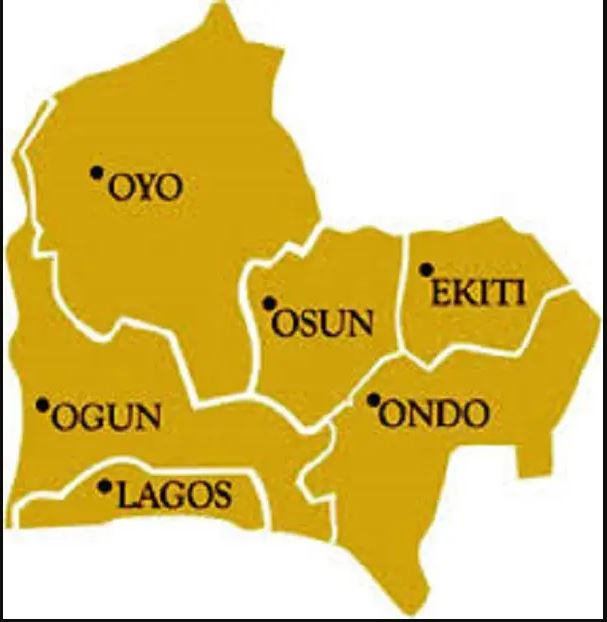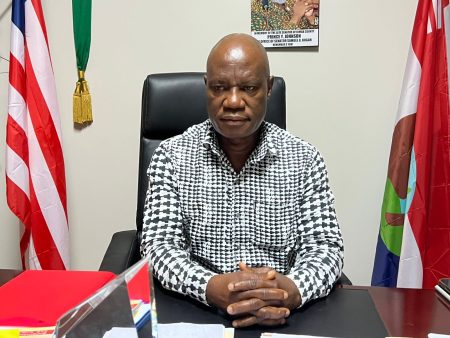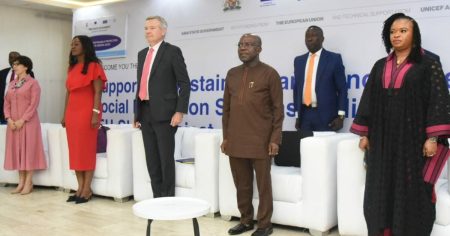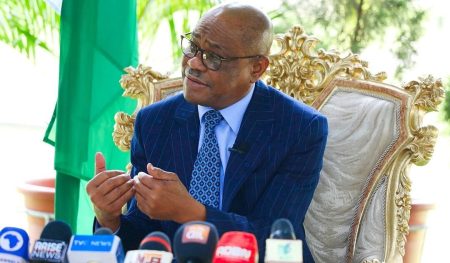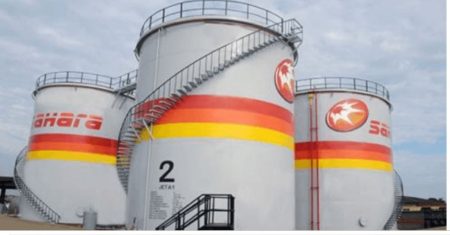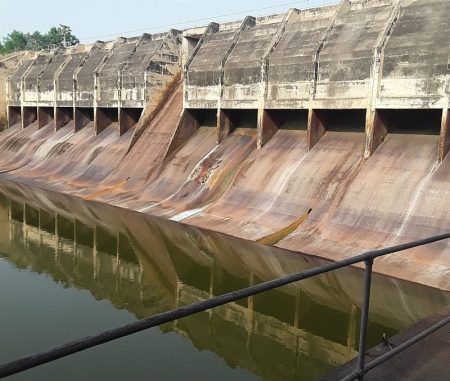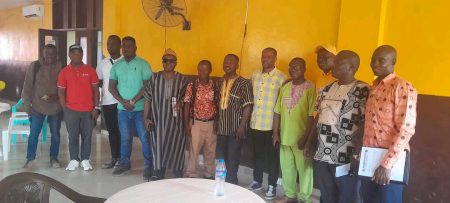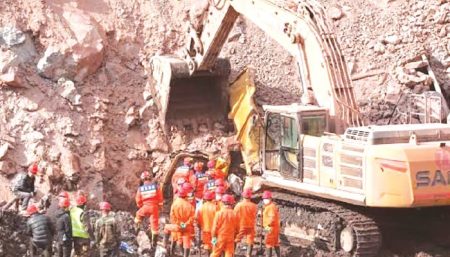In light of the potential approval of the South West Development Commission (SWDC) bill by the House of Representatives and President Bola Tinubu’s anticipated assent, the Development Agenda for Western Nigeria Commission (DAWN) underscores the necessity of unified objectives for the SWDC to fulfill its mandates effectively. The Senate’s recent passage of the SWDC Bill 2024 marks a significant step toward addressing the developmental needs of the six states in the South-West geopolitical zone, aligning with broader national strategies designed to expedite progress across Nigeria’s various geopolitical zones.
The Director General of DAWN Commission, Seye Oyeleye, discussed the collaborative expectations between the SWDC and DAWN in a conversation with The PUNCH. He highlighted that DAWN already possesses a comprehensive developmental framework tailored to the South-West, which is shared among the governors. This framework identifies priority areas in sectors such as infrastructure, healthcare, agriculture, and education, but has yet to see practical implementation. The formation of the SWDC offers a pivotal opportunity to fast-track these developmental plans by leveraging existing templates, rather than initiating fresh groundwork that could delay progress.
Regarding the operational scope of the SWDC and DAWN, Oyeleye clarified that their functions do not overlap. While DAWN serves as a regional think tank, the SWDC is a federal agency mandated with awarding and executing projects within the South-West. The distinction between these two entities allows for a complementary relationship, where the SWDC can harness the insights and structured templates provided by DAWN to enhance the efficiency and effectiveness of its projects. Oyeleye emphasized the importance of the SWDC’s judicious allocation of funds to ensure that priority projects are executed in alignment with the developmental objectives of the region.
Further elaborating on the synergy between the two agencies, Oyeleye pointed out that the SWDC should proactively engage with the DAWN Commission for guidance rather than initiating its own template. Instead of starting from scratch, the SWDC could benefit from implementing the established developmental framework, which is tailored to the needs of the South-West. He remarked that the governors play a crucial role in this collaboration, encouraging the SWDC to prioritize and implement the strategies laid out by DAWN in an expedient manner. This partnership could significantly reduce the time required to realize the developmental goals for the region.
Oyeleye indicated that the developmental templates address various critical aspects encompassing agriculture, transportation, healthcare, and infrastructure, urging the SWDC to promptly adopt and implement these plans. He envisioned that the SWDC, once operational, would be guided by the existing frameworks and receive direct input from stakeholders articulating the region’s needs. Projects such as agricultural initiatives, transportation networks, and healthcare enhancements should align with the community’s demands and the goals outlined by DAWN to ensure a more coordinated effort toward regional progress.
In conclusion, the successful development of the South-West region relies heavily on the collaboration between the SWDC and DAWN Commission. By leveraging the existing frameworks and templates, the SWDC can avoid redundancy and enhance regional development through timely and effective project implementation. The engagement of state governors in this collaborative effort will be pivotal to ensuring that the needs of the South-West are adequately represented and addressed, thereby fostering a sustainable and inclusive growth trajectory for the region’s future.





